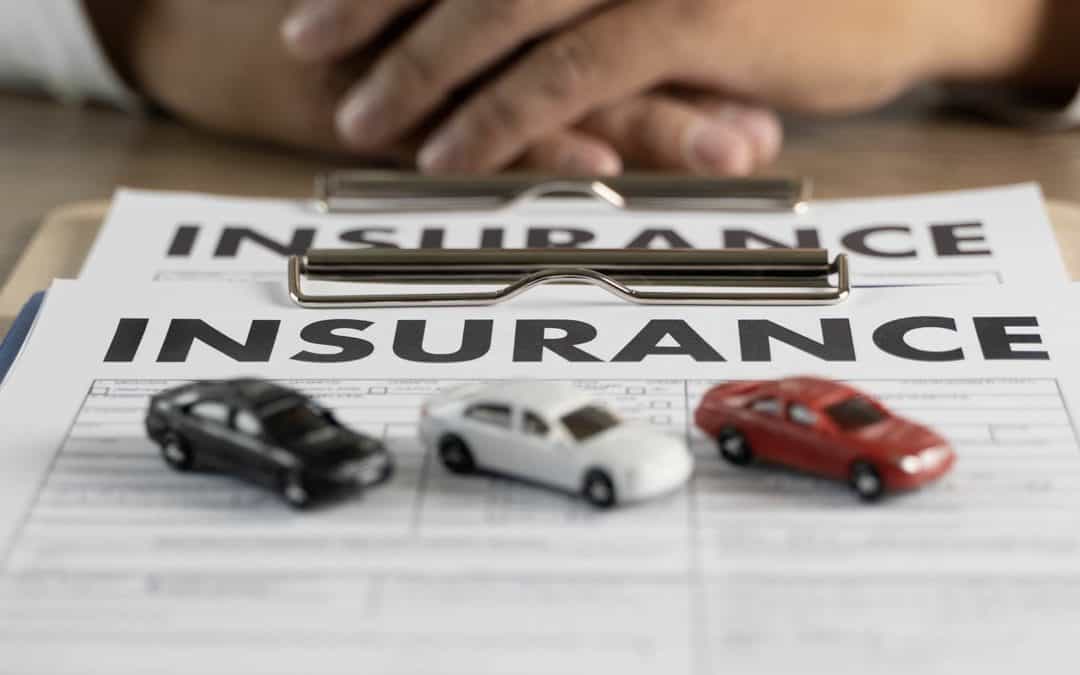State Insurance Requirements in Lousiana
Insuring your vehicle is part of the responsibility you have as a motorist in Louisiana. It is important to shop around for auto insurance before committing to a particular carrier. This means getting quotes from different insurance companies and comparing them to see which one is right for you.
Not only are drivers required to have auto insurance but they must have proof of insurance with them when they drive. Without it, a citation can be issued by an officer during a stop. Let’s look at the proper coverage a motorist needs, including other types of policies that are offered. We’ll also examine what happens if a driver lacks auto insurance and review a few frequently asked questions.
Required Louisiana Car Insurance
Liability automobile insurance in Louisiana gives the owner of the vehicle, their family members and other persons driving the vehicle coverage for bodily injury and property damage. In addition, the owner/motorist and family members are covered when they drive another vehicle or a rental car or truck. However, if you drive a company car, it is not covered under your personal car insurance policy.
A driver in Louisiana must have the following types of liability insurance:
- Property damage liability insurance: Under Louisiana law, a driver must have coverage of $25,000 for damage to another’s property and vehicle.
- Bodily injury: The coverage the state demands for bodily injury includes $15,000 per person and $30,000 per accident.
- Medical payments: The base medical payment limit is $1,000.
- Uninsured motorist bodily injury: The state requires $15,000 per person and $30,000 per accident.
Other Auto Insurance Coverage
Other types of insurance are available to motorists in Louisiana. These include:
- Uninsured/underinsured motorist coverage: Many drivers in Louisiana lack insurance or are underinsured. In order for a motorist to protect themselves if they are in a car accident with someone who lacks coverage or is underinsured, drivers are able to purchase an uninsured/underinsured motorist policy add-on. This covers the driver and anyone else riding in the vehicle if they are injured. A driver who flees the accident site can be classified as an uninsured motorist, enabling the injured parties to collect damages.
- Medical payment coverage: This covers the driver and other occupants of the vehicle if they are injured for a specified time up to the policy’s limit. In addition to medical expenses, it also covers funeral costs.
- Uninsured/underinsured coverage – economic only: This covers the driver and occupants for only the cost of their injuries, It does not cover pain and suffering.
- Uninsured/underinsured property damage: This covers vehicle repairs if the at-fault driver is uninsured or underinsured. There is a $250 deductible.
- Towing and labor expenses: This covers both labor and towing expenses after an accident.
- Comprehensive and collision coverage: Comprehensive covers damage to your vehicle from fire, flood, falling objects, theft and vandalism. Collision offers coverage due to accidental damages. Even if you are at fault for the accident, you can still collect.
When a Motorist Does Not Have Automobile Insurance Coverage
When a driver lacks insurance coverage, he/she can be fined $500 to $1,000. In addition, if the driver claims to be insured but isn’t, they can be charged with fraud. If the policy is allowed to lapse or if the insurance card is not available, there are additional penalties.
How Is the Premium Calculated?
There are several factors that affect one’s premium:
- Age: The premium is increased for males under 25 and females under 21.
- Home location: Since urban areas have more accidents and thefts, the premium is higher.
- The vehicle: The more luxurious and high-performance a vehicle is, the higher the premium.
- Deductible: The deductible is a big part of the premium cost. The higher the deductible and the lower the premium will be.
- Driving record: Some insurers will give a discount for a good driving record.
Frequently Asked Question:
Q. What happens if my automobile insurance lapses?
- Your license will be flagged automatically, and you will be unable to renew your driver’s license. You may also be fined.
Q. What are the rules for teen driving?
- Teens can get a learner’s permit at 15 after completing a driver’s education course approved by the state. They can get an unrestricted license after they are 17 and pass the driving test.
Olinde Law Firm
We are here to help you receive the compensation you deserve after an automobile accident. We will thoroughly review your insurance policy to ensure that you receive the policy’s limits. Call us at (800) 587-1889 to schedule a free case review. There is no fee until we win your case.

